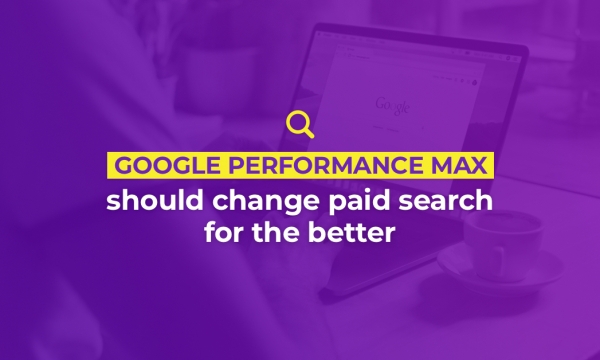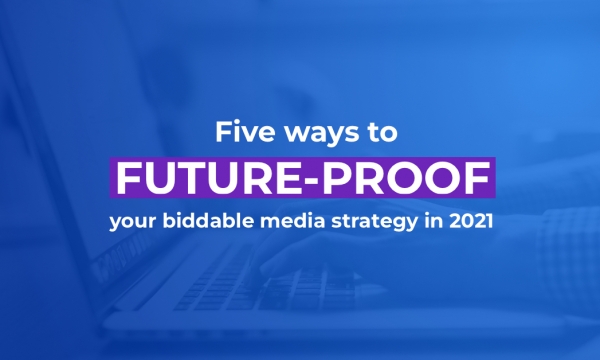Black Friday and Cyber Monday has been and gone, the tills have been ringing and the festive shopping season has had its big launch – but have we learnt from the madness of Black Friday? Well, for one, it’s that mobile seems to be the channel of choice for bargain hunters.
Click here to access our latest Black Friday advice and insight
Overall sales are up, as the rest of Europe embraces Black Friday

It wasn’t a huge surprise that Black Friday surpassed records in 2016. Retail analysts IMRG reported a 12% increase on the day itself, and an estimated £6.5bn in the tills across the weekend, an £1.23bn of that being spent online.
The fashion sector in particular looks to have seen notable growth, with Stickyeyes’ own analysis indicating that year-on-year online spending is as much as 60% higher across the UK and key European markets.
Our analysts looked at the online traffic and sales figures from a number of brands in the fashion retail sector that used paid search as a marketing channel across the Black Friday and Cyber Monday weekend in the UK, as well as key markets in western and southern Europe.
In the UK, our campaigns reported close to 90% like-for-like increase in sales volume across the weekend, but it is in southern Europe in particular where the growth is strongest. In France, sales were roughly two and a half times year-on-year whilst in Spain, sales more than tripled. Italy saw the strongest growth – more than four times what was generated in 2015.
The stats suggest that the rest of Europe is now very much embracing this American red-letter day, and Google trends data appears to support that. Whilst search terms in the UK are actually showing a slight decrease, search terms for Black Friday in France, Italy and Spain are saw notable increases in 2016.
France:
Spain:
Italy:
Mobile is the key battleground

Prior to sales weekend, Google released a number of statistics and new reporting metrics relating to the role of mobile on Black Friday.
As well as rolling out two new reports to help retailers understand how their online ads were driving store footfall, Google released a statistics that revealed that mobile was a key channel for driving store footfall, with 59% of mobile shopping searches occurring before 6:00pm – the point at which store traffic started to pick up.
But even for online-only retailers, mobile is a key sales and engagement channel. Across our data sample, retailers saw huge gains from their mobile channels.
Whilst all channels saw an increase in clicks, it was mobile that was the key growth channel. Clicks were up by 197% across all territories, whilst sales were up by 266%.
| Channel | Clicks: YOY Growth | Sales: YOY Growth | CvR |
| desktop | 61% | 83% | 14% |
| mobile | 197% | 266% | 23% |
| tablet | 64% | 71% | 5% |
| Total | 96% | 99% | 2% |
Despite mobile UX still being something of a developing art, the conversion rate on mobile is the strongest across the Black Friday weekend of all the key channels. This could be indicative of the more impulsive nature of Black Friday purchases but it does raise important points behind any retail Black Friday strategy and around the importance of delivering a strong mobile experience – an issue that Google is increasingly trying to force with some of its recent algorithm updates.
The ‘weekend’ effect

It is possible that some of this growth is attributable to the trend of extending the ‘Black Friday’ sales period over the course of the weekend and, in some cases, much longer.
A number of retailers have made high profile statements about their desire to avoid the infamous scenes of bargain-hunters rioting in their stores, crashed websites, botched deliveries and other Black Friday Fails that we saw in 2014, and that has led to a general trend to ‘spread the load’ across the weekend.
That will invariably have an inflationary effect on sales, as more people get involved in the Black Friday hype and aren’t deterred from the prospect of failed websites and crammed shopping malls. The trend started in 2015, continued into 2016, and expect the Black Friday and Cyber Monday weekend to extend further in 2017.
How retailers approach Black Friday in 2018 will also be interesting, as this will be the first time since Black Friday came to the UK that the day doesn’t fall on the final Friday of the month - a traditional pay day.
Getting your mobile proposition right

Mobile is clearly developing into a clear channel for retailers, both online and offline. Whilst our data is far from exhaustive, the story behind the numbers is that more customers are using mobile to search for products, that mobile customers are more likely to complete their purchase, and that mobile is only going to grow as smartphone adoption increases and network speeds improve.
The reality is that without an effective mobile strategy, retailers are at risk of missing out on a huge potential market.
Google’s attempts to force improvement in mobile, culminating in the announcement that Google is looking to roll-out a separate mobile algorithm in 2017, means that retailers need to start thinking carefully about their approach to mobile, particularly around user experience where common challenges such as page speed, site design and checkout efficiency are much more acute than they are on desktop.
This isn’t just an issue for Black Friday – it is a long-term issue that every retailer will need to address.


